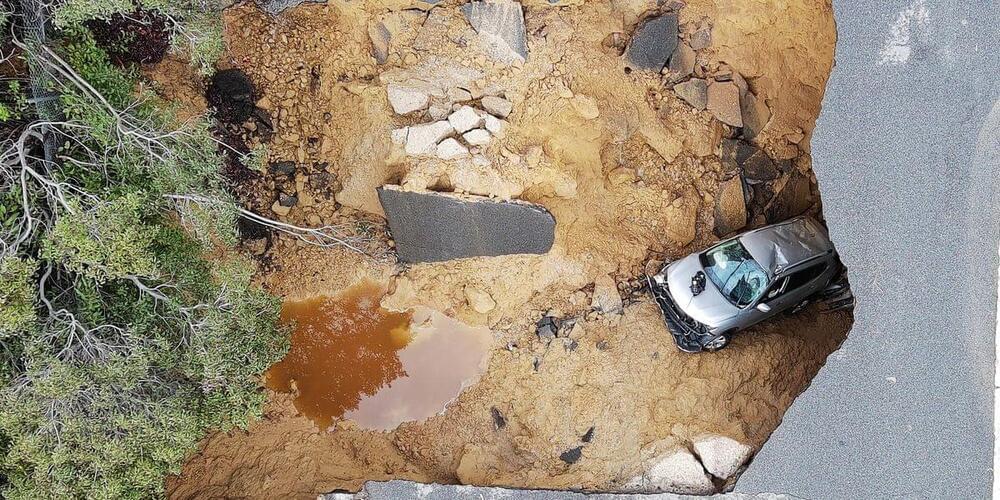Jan 23, 2023
Light Shaped as a Smoke Ring Behaves Like a Particle
Posted by Saúl Morales Rodriguéz in categories: climatology, mathematics, nanotechnology, particle physics
Researchers report a new, highly unusual, structured-light family of 3D topological solitons, the photonic hopfions, where the topological textures and topological numbers can be freely and independently tuned.
We can frequently find in our daily lives a localized wave structure that maintains its shape upon propagation—picture a smoke ring flying in the air. Similar stable structures have been studied in various research fields and can be found in magnets, nuclear systems, and particle physics. In contrast to a ring of smoke, they can be made resilient to perturbations. This is known in mathematics and physics as topological protection.
A typical example is the nanoscale hurricane-like texture of a magnetic field in magnetic thin films, behaving as particles—that is, not changing their shape—called skyrmions. Similar doughnut-shaped (or toroidal) patterns in 3D space, visualizing complex spatial distributions of various properties of a wave, are called hopfions. Achieving such structures with light waves is very elusive.


















